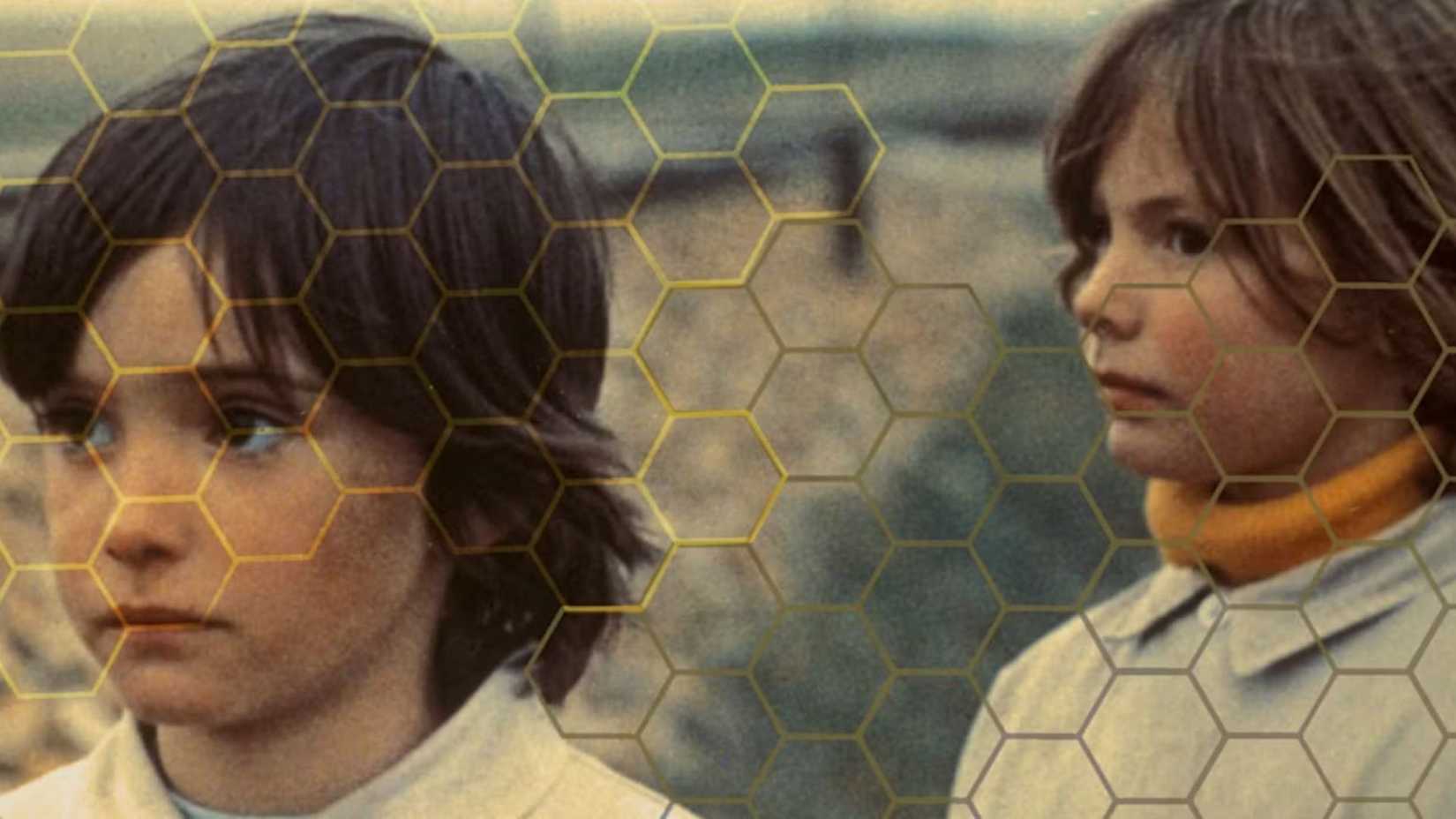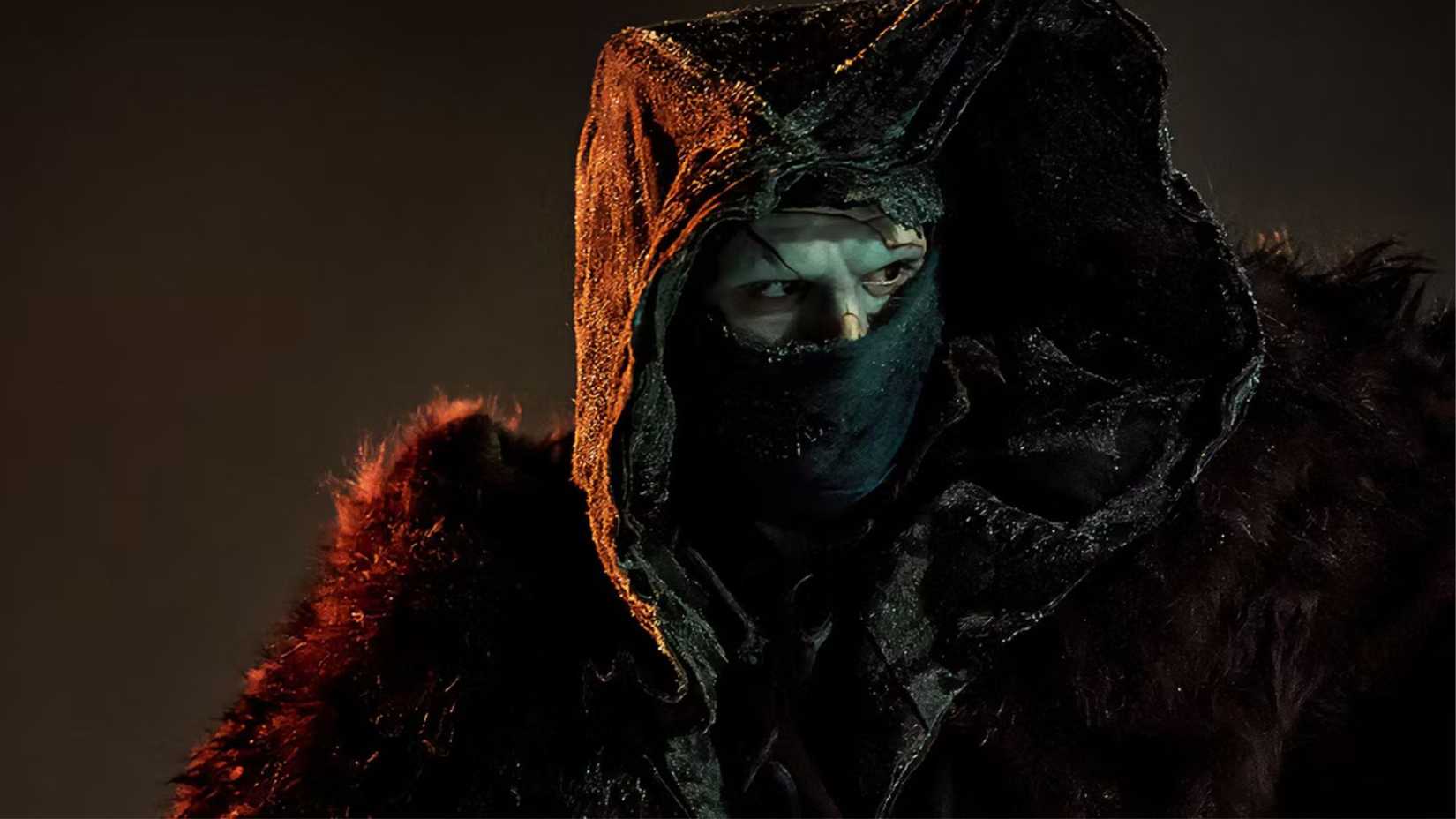Guillermo del Toro has talked about repeatedly that one particular film stays a seminal launch from his childhood, and it influenced his newest movie, Frankenstein. Del Toro has been attempting to get Frankenstein made since 2007, and it took him nearly 20 years to lastly get it achieved, with a restricted launch in theaters after which straight to Netflix.
Guillermo del Toro needed to make a movie that might be the definitive Frankenstein story. He succeeded in creating a gorgeous and transferring movie a few creature whose grasp deserted him. Del Toro’s Frankenstein made some modifications, and so they might be defined by one in every of Del Toro’s greatest influences.
Guillermo Del Toro Referred to as Spirit Of The Beehive An Inspiration For His Motion pictures
Guillermo del Toro grew up with a deep love for Gothic horror, one thing instilled in him from a younger age. Del Toro was born in 1964 in Mexico. In 1973, when Del Toro was solely 9 years outdated, a Spanish-language film by Victor Erice was launched known as The Spirit of the Beehive, and it had a substantial affect on him.
The film follows a shy six-year-old lady named Ana who lives in a small Spanish village after the Spanish Civil Warfare, which Franco received over the Republican forces. Her father tends to his beehives, and her mom lives in her daydreams.
As for Ana, she and her buddy Isabel go to a cell cinema that’s exhibiting Frankenstein, and it modifications her life. That is much more vital when she wanders into the countryside and finds a person who wants assist, and he or she learns what actual monsters seem like.
When talking about his influences in an interview with Leisure Weekly, Guillermo del Toro gushed about The Spirit of the Beehive. “I nonetheless should admit that Spirit of the Beehive is a type of seminal films that seeped into my very soul,” Del Toro mentioned. “Evening of the Hunter, Whale’s Frankenstein, Bunuel’s Los Olvidados, and so on...”
The Spirit of the Beehive Exhibits How Frankenstein’s Mythos Affected Youngsters
That particular interview was not about Frankenstein, however about Guillermo del Toro’s Spanish-language masterpiece, Pan’s Labyrinth. Within the interview, he additionally admitted that “The lady in Cronos was intentionally patterned after Ana Torrent in Spirit.” Additionally it is straightforward to see a few of Ana in Pan’s Ofelia as properly.
Nonetheless, the reality is that Ana was six when she noticed Frankenstein, and Del Toro was 9 when The Spirit of the Beehive got here out, and these are each impressionable ages. In Spirit, Ana’s buddy explains that films are faux, however Frankenstein’s Monster is sort of a spirit you’ll be able to see once you shut your eyes and name out for him.
This results in a tragic story the place Ana finds a Republic soldier hiding and injured. She helps him, feeds him, and offers him clothes. Nonetheless, issues take a tragic flip, and Ana begins to relive moments from Frankenstein in her creativeness as she is out of the blue pressured to develop up sooner than she ought to have.
It’s a story of a younger lady who permits the fascinating story of a Monster rejected by its creator and society to have an effect on her mentally. She does not perceive how the world might be so merciless, and he or she desires to be the individual to assist the Monster and shield it from the world. She bonds with the Monster.
That describes Guillermo del Toro. Have a look at all of his films, and it’s clear that he relates extra to the monsters than he does to the people. In all his movies, from Pan’s Labyrinth and The Satan’s Spine to Hellboy, The Form of Water, and Frankenstein, it’s the monsters who have to be shielded from people.
That’s exactly the story that Guillermo del Toro informed when he lastly bought his probability to make Frankenstein.
Guillermo Del Toro Brings His Childlike Marvel Into His Frankenstein
In Mary Shelley’s Frankenstein, Victor Frankenstein creates his Monster after which recoils in terror and flees. He abandons the Creature earlier than it ever has an opportunity. In consequence, the Monster begins to kill everybody Frankenstein loves to get revenge on his creator for rejecting him. Lastly, ultimately, the Monster is the one one who feels remorse.
In Guillermo del Toro’s Frankenstein, he takes the thought from The Spirit of the Beehive and provides these themes to his film. He’s the brand new caretaker for Frankenstein, and it’s his job to guard the Creature. In his movie, it is not Frankenstein’s Monster. It’s a Creature, and one that’s extra human than his creator ever hoped to be.
Del Toro’s Creature does not kill anybody who does not deserve it, as he solely kills in self-defense. In reality, the worst deaths are all instantly attributable to Victor Frankenstein. Within the novel, Victor was accountable, however the Monster killed everybody. Right here, Frankenstein is the killer, and the Creature desires to make him pay for it.
All the objective of The Spirit of the Beehive is to point out how traumatized a toddler is once they see the horrors of the world. It is not the monsters who scare them. It’s cruelty within the hearts of people. Guillermo del Toro understands that in his Frankenstein, the place he protects his Creature from the evil man who created him.
Sources: Leisure Weekly













